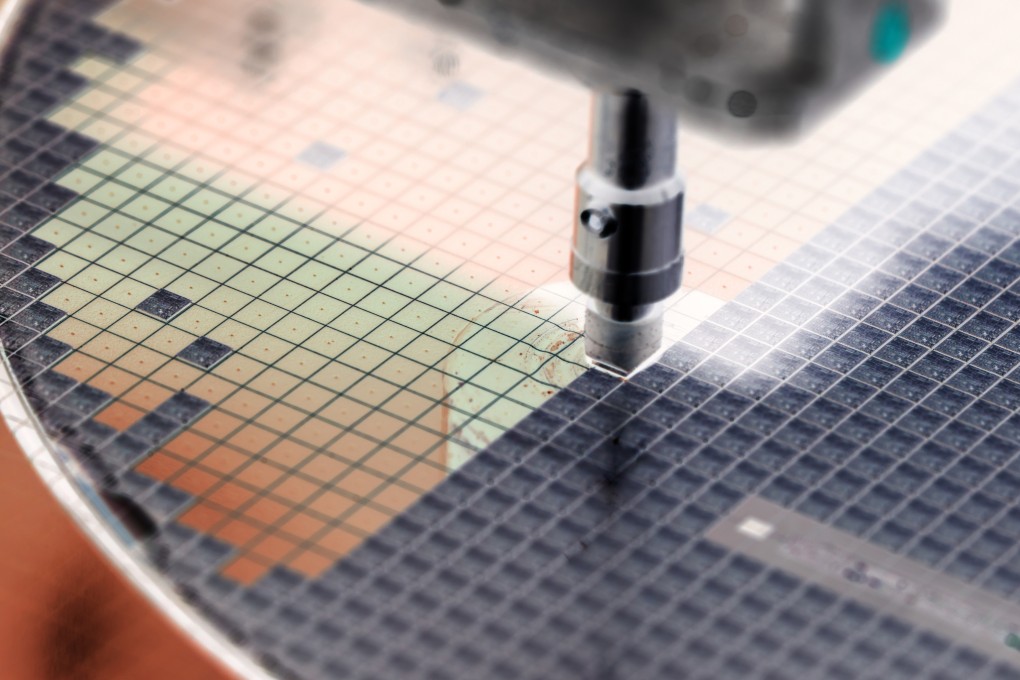Advertisement
China plans to build a giant chip factory driven by particle accelerator
- Scientists said this unprecedented technology can overstep US sanctions and make China a new leader in semiconductor chip industry
- Plans are now in progress to construct a huge particle accelerator to help researchers put into practice the cutting-edge technology
Reading Time:4 minutes
Why you can trust SCMP
99+

Zhang Tongin Beijing
China is exploring new avenues to bypass restrictions on lithography machines, which are used in the production of microchips. Using particle accelerators to create a novel laser source, researchers are laying the foundation for the future of semiconductor fabrication.
Plans are now under way to construct a particle accelerator with a circumference between 100-150 metres (328-492 feet) – roughly the size of two basketball courts. The accelerator’s electron beam will transform into a high-quality light source for on-site chip manufacturing and scientific inquiry.
The team from Tsinghua University is in active discussions with authorities in Xiongan New Area to select a construction site for the cutting-edge project.
Advertisement
Contrary to commercial players such as Advanced Semiconductor Materials Lithography (ASML), which favours reducing the size of chip-making machines for export, the Chinese project aims to localise manufacturing by building a colossal factory housing multiple lithography machines around a single accelerator.
This innovation could foster high-volume, low-cost chip manufacturing and potentially propel China into a leadership role in the industrial production of advanced chips, known as 2nm (nanometre) chips, and beyond.
Lithography systems are among the most sophisticated pieces of machinery ever created by humans. Currently, extreme ultraviolet (EUV) with ultra-short wavelength is widely used in the production of chips with 7nm nodes and below.
Advertisement
Advertisement
Select Voice
Choose your listening speed
Get through articles 2x faster
1.25x
250 WPM
Slow
Average
Fast
1.25x
